Start Your Travel Well Before Embarkation Day
The first day of a cruise should be a happy time. Much like the first day of school in the fall, fresh-faced passengers board the boat for the first time and everything feels new and exciting. I’m always surprised, though, by how many passengers are already in a sour mood, and their stories are almost always the same: Their initial flight out of Dallas or Denver or wherever was delayed, they missed the connecting flight to the embarkation city (in my case, this was often Budapest), and almost missed the cruise entirely. The first 24 hours of their vacation were ruined by frustration and anger. It’s too late, by then, to help these passengers, but I always advise people planning a cruise to begin their outward travel at least a couple of days before the cruise is scheduled to depart. Book a nice hotel in the embarkation city and then relax, settle in and adjust to the time zone at your own pace. The embarkation process typically begins in the afternoon. On departure day, enjoy a leisurely breakfast at the hotel and then treat yourself to a taxi over to the port.
Don’t Worry About the Weather
European weather is notoriously fickle. It can be sunny and unbearably hot in the spring and then cold and rainy once summer comes – or vice versa. Of all the cruises I’ve ever worked, I can’t remember one that didn’t start out in a driving rainstorm. One of those cruises, in May 2019, began in Budapest in what could only be described as a monsoon. On that particular trip, once we reached Vienna, the sun had come out and lasted all the way to Amsterdam.
Prepare for Hiccups
River cruises are expensive and passengers naturally want – and expect – everything to go as planned. I understand that (and the cruise lines do too), but there are many factors that lie beyond anyone’s ability to control. One of the most important of these is the water level of the river. If the water is too high, the boat could strike the bridges; if it’s too low the boats might scrape the bottom. In the worst-case scenario, the boat may be restricted from passing through portions of a waterway and the passengers ferried by bus to new boats up- or down-river. The first cruise I ever worked, in 2018, just happened to be blocked by high water on a particularly troublesome stretch of the Danube, near Passau. I can assure you the passengers on that journey were none too happy at the prospect of changing boats. But just like with the weather, the best advice is not to worry about it and take in stride any inconveniences that may come up. A cruise, after all, is an adventure.
Leave the Little Ones at Home
The cruise lines often extol the family-friendly virtues of their trips, but truth be told, there’s not much for kids or young teens to do (unless of course it’s a special cruise aimed at young families). River cruises have almost nothing in common with rowdier ocean cruises – and there’s rarely a pool-side or party vibe per se. The particular pleasures of a river cruise – things like observing castles from the sun deck, taking a day trip to a museum or medieval town square, or lingering over a long dinner – are better attuned to older travelers. There’s a joke that the average age on a river cruise is 85. That’s not at all true (in my experience, most passengers are couples or solo travelers in their 40s to 60s), but the overall atmosphere is definitely mature and lower-key.
Get Ready To Do Some Walking
This may sound counter-intuitive. After all, there are not many steps from the cabin to the lounge to the deck. The fact is, though, you’ll spend surprisingly little time on the boat. Most days are taken up with port excursions that will likely involve some moderate hiking through cobble-stoned streets and up and down the surrounding hills. It’s not all walking (most excursions start out with a bus ride from the boat), and passengers, of course, always have the option of staying behind and relaxing on the boat, but some walking will almost always be part of the plan. The best advice is to bring comfortable shoes and prepare to get in your 10,000 steps a day.
Book Cruises That Are ‘All-Inclusive’
In my opinion, the best part of a cruise is not having to think about prices every moment of every day. The Scenic cruises that I have worked have all been “all-inclusive,” meaning that the prices of the excursions, meals and drinks are included in the price of the trip. Whether or not this makes economic sense is one thing, but if you can afford it, I think it makes psychological sense. The feeling of not having to calculate the price of every optional walking tour or every bottle of wine or cocktail at the bar can be truly liberating.
Pay Extra For a Better Cabin
While I’m busy spending your money, please allow me also to make the case for splurging on a better cabin. European cruise boats are typically built along two or three levels, with the cheapest cabins on the lowest level, partially submerged in the water and without much of a view to the outside. There’s certainly nothing wrong with a lower-level cabin, and the beds and baths are equally comfy. What the upper cabins usually offer, though, is an open window with a panorama out over the river. Depending on the cruise line, these cabins are often cleverly designed to add a window-side table and chairs and the unforgettable opportunity to have a morning coffee or evening nightcap with a view out to the passing shoreline.
Meet the Other Passengers
Part of my job description as a destination expert is to get to know and spend time with as many passengers as I can, and I’m always floored by how interesting and well-traveled everyone turns out to be. The number of passengers on these cruises (somewhere between 100 and 160) is small enough and the atmosphere intimate enough to encourage passengers to break out of their travel bubbles if they wish and to become acquainted with their fellow cruisers. The best trips are always those where people socialize with each other, the various personalities onboard emerge and the meals and group events start to take on the feel of a family party. By the time the trip is finished, many people have made friends for life.
Fill Out the Passenger Survey
As I wrote above, there are plenty of things on a cruise that could conceivably go wrong or fail to meet expectations. When I’m working a cruise, I (or any member of the staff) will always try our best to resolve any minor issue that may come up (the coffee machine needs cleaning, the headsets aren’t working, etc). The best place, though, to vent or suggest ways a trip could be improved (or better yet to praise aspects of the trip that exceeded expectations) is the passenger-satisfaction survey that’s handed out at the end of the journey. I know from my own experience the cruise lines take these surveys very seriously and do their best to incorporate suggestions for future trips.
*This post represents my personal recommendations for getting the most out of a European river cruise and doesn’t necessarily reflect the views of National Geographic Expeditions or Scenic.
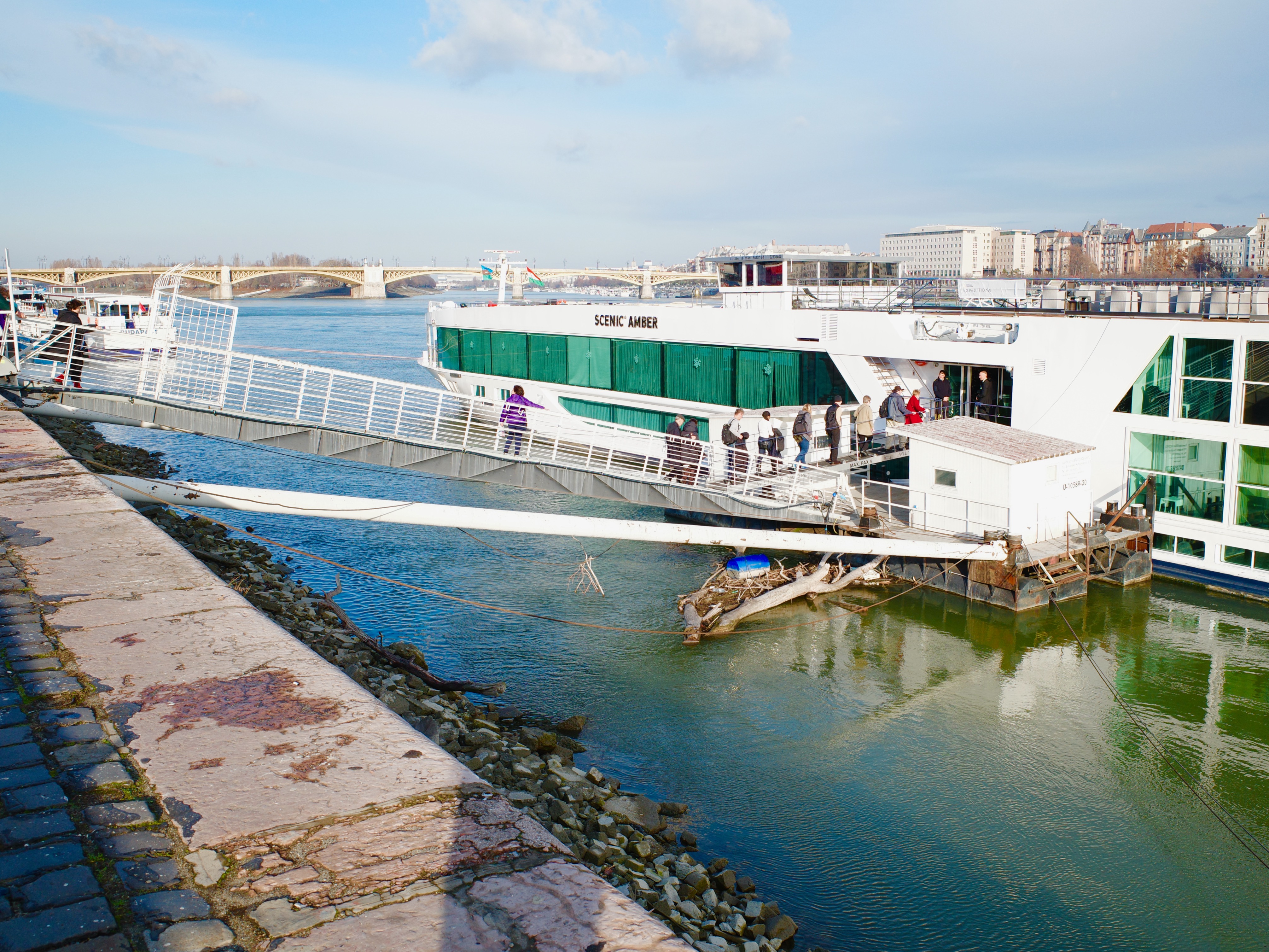
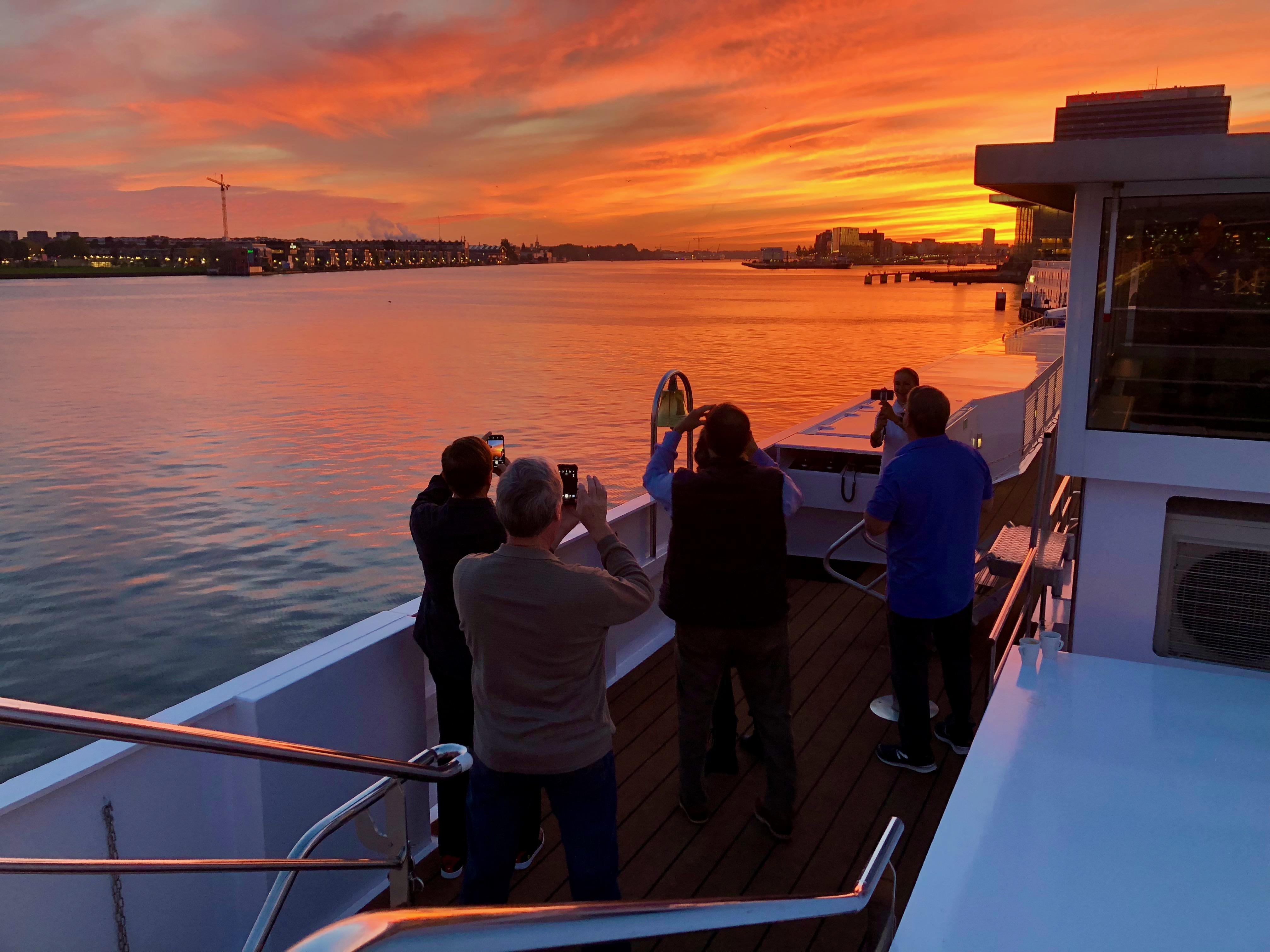
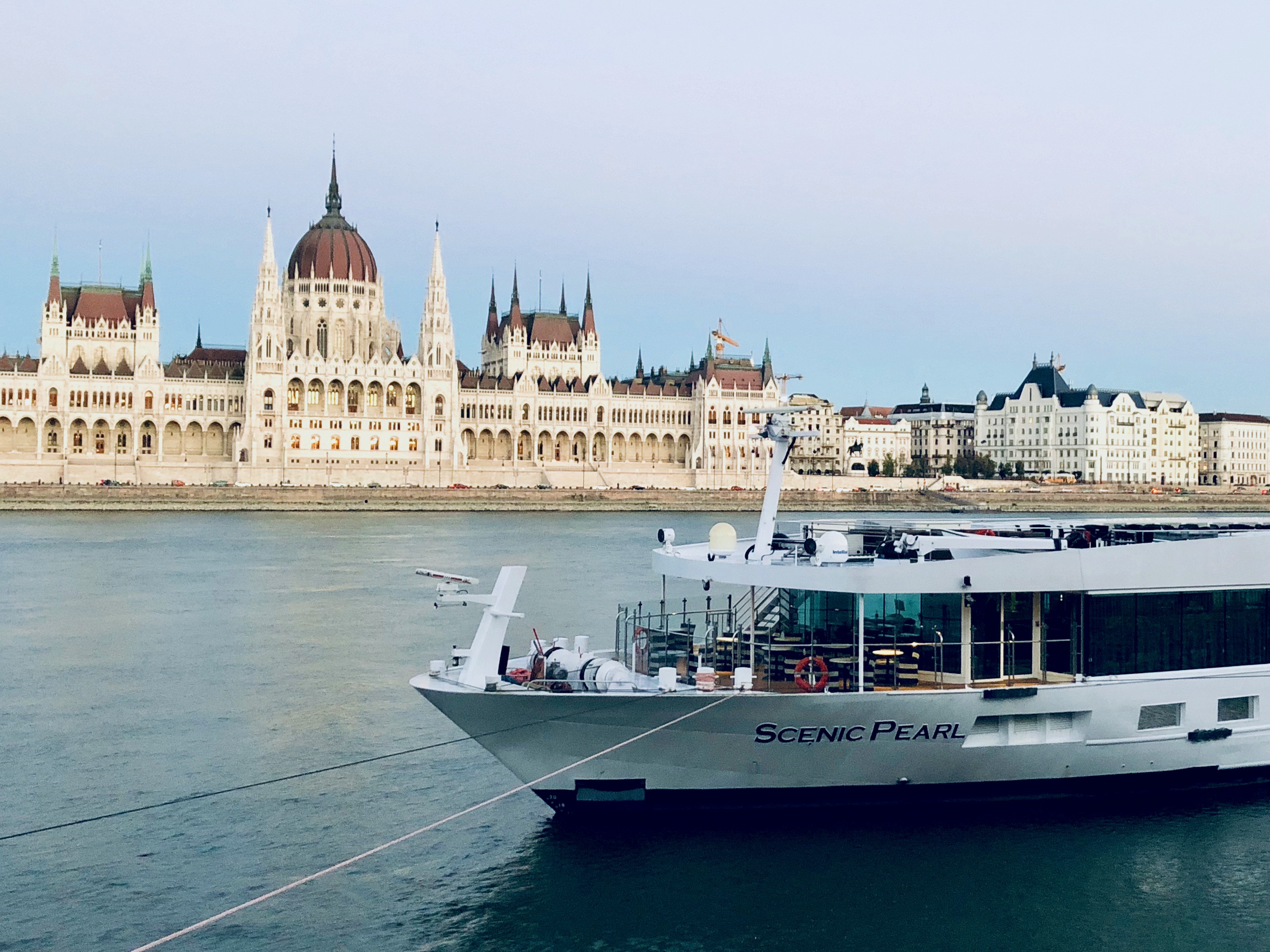
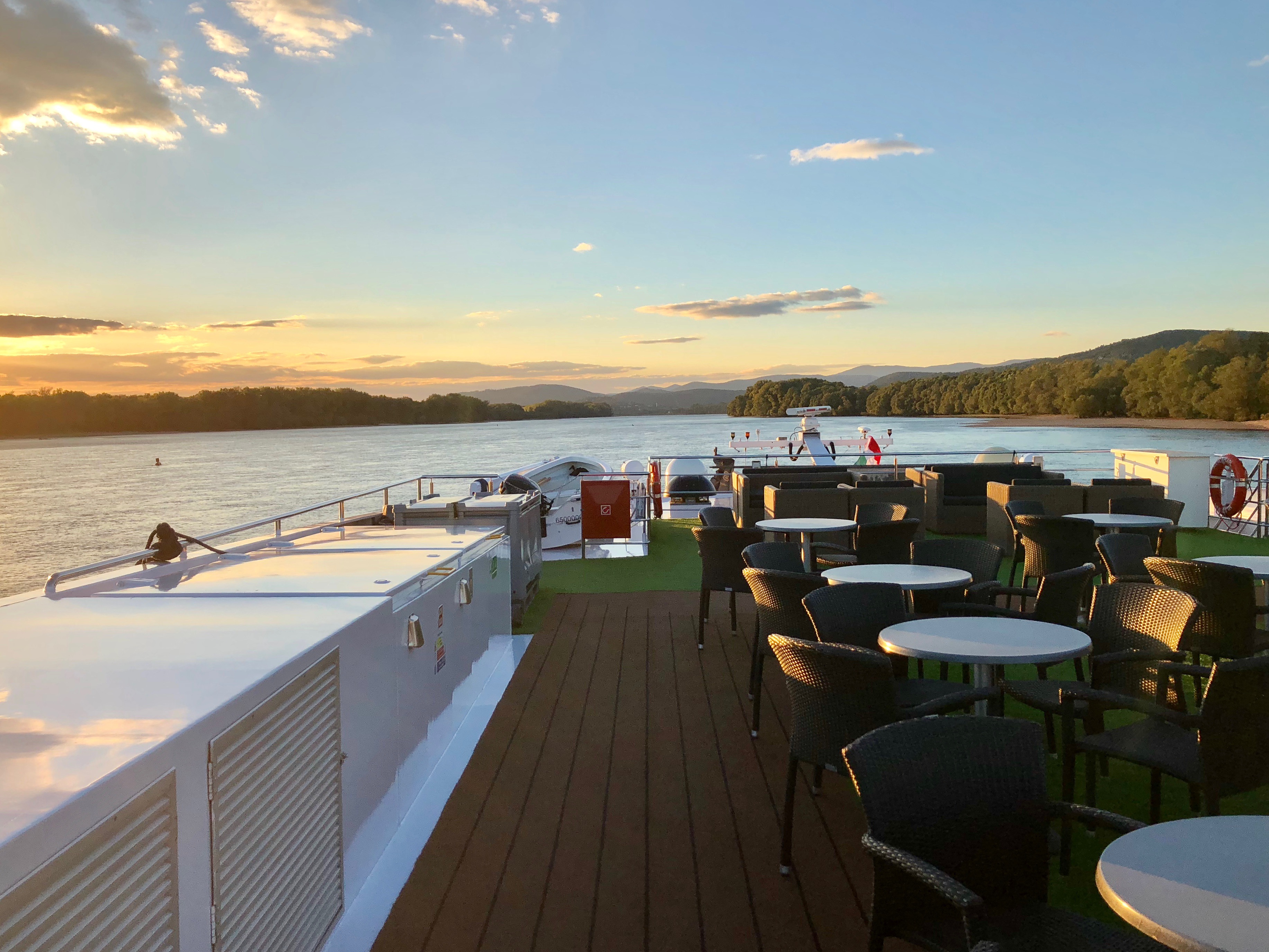



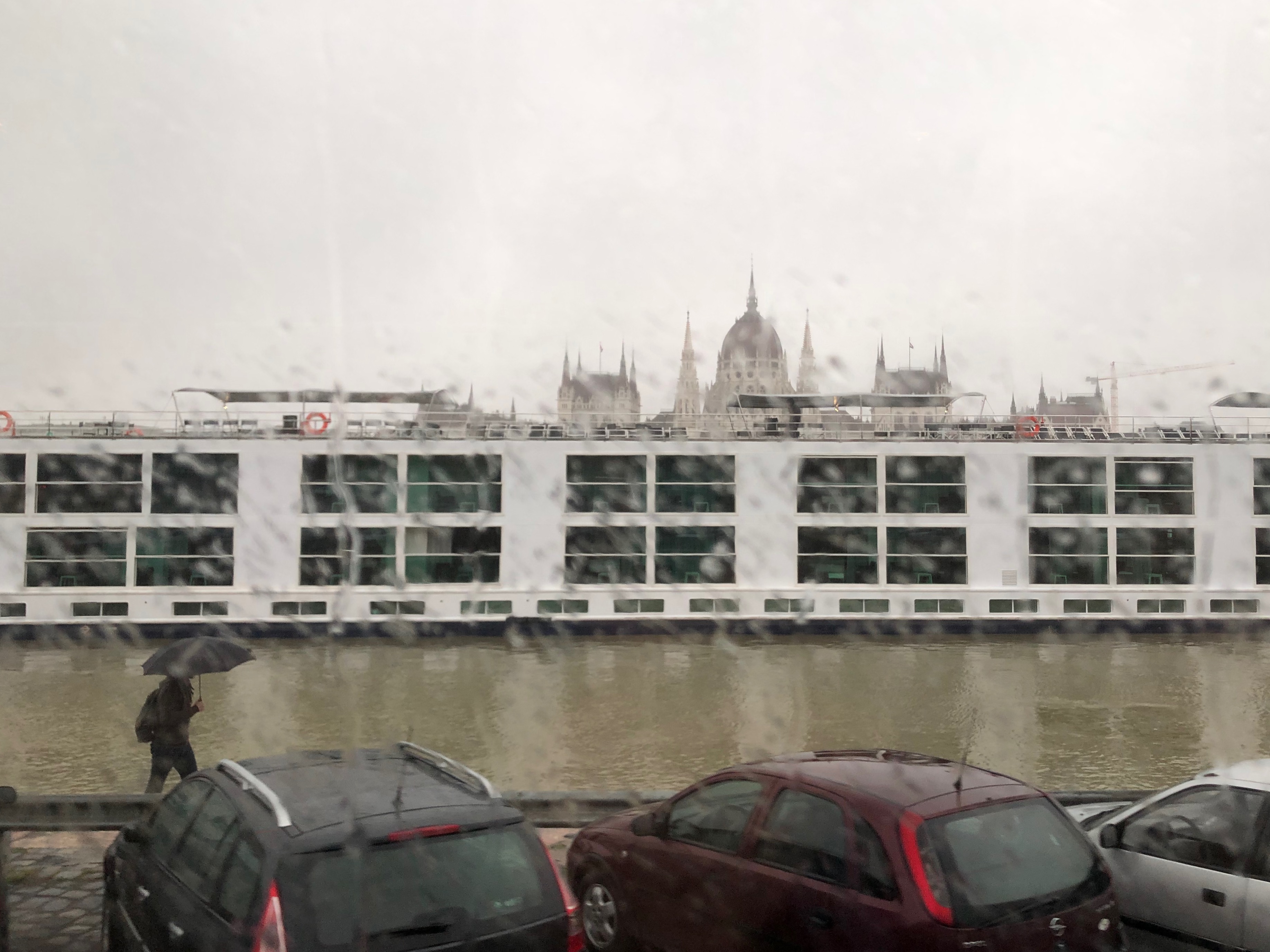
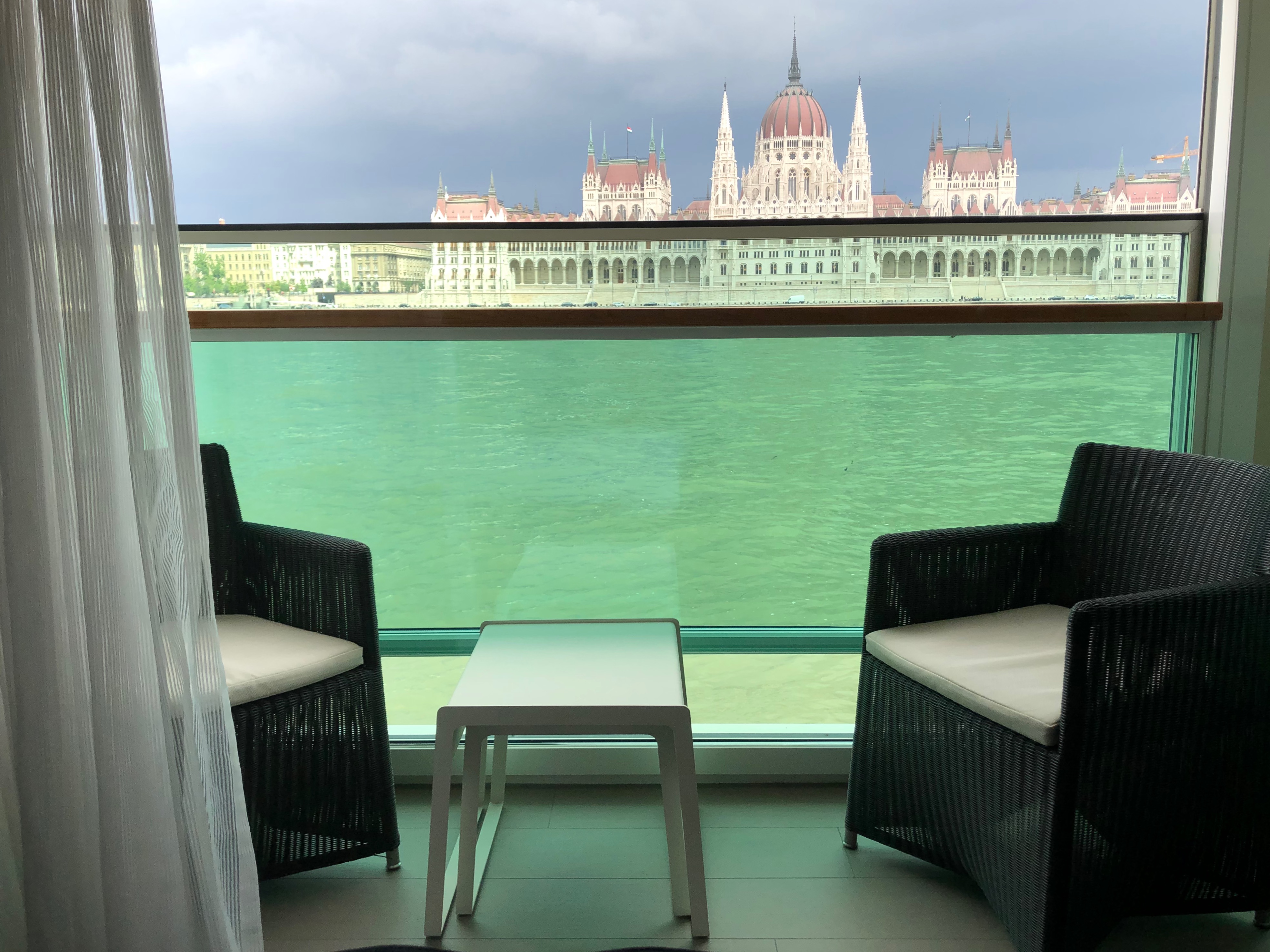
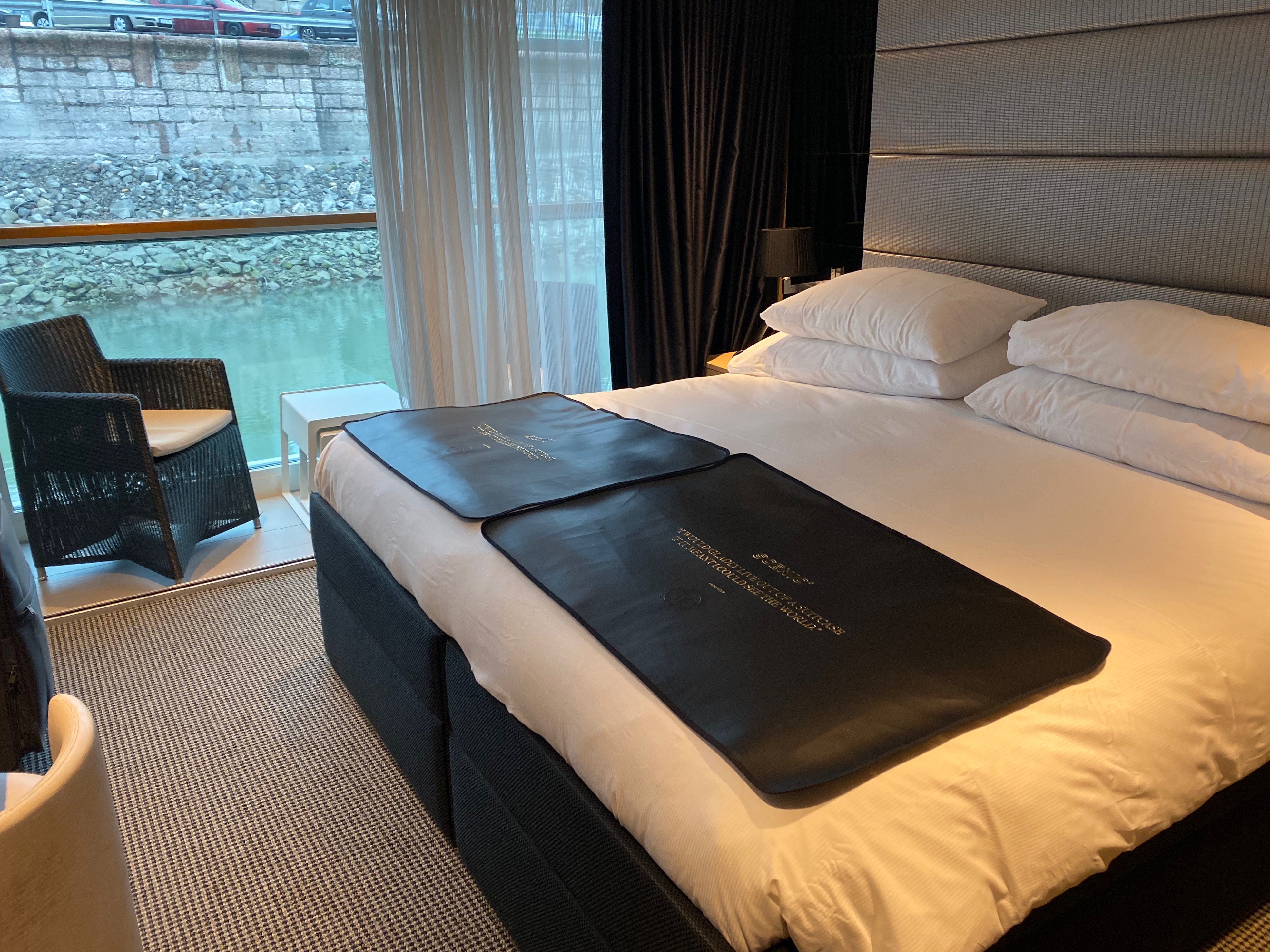
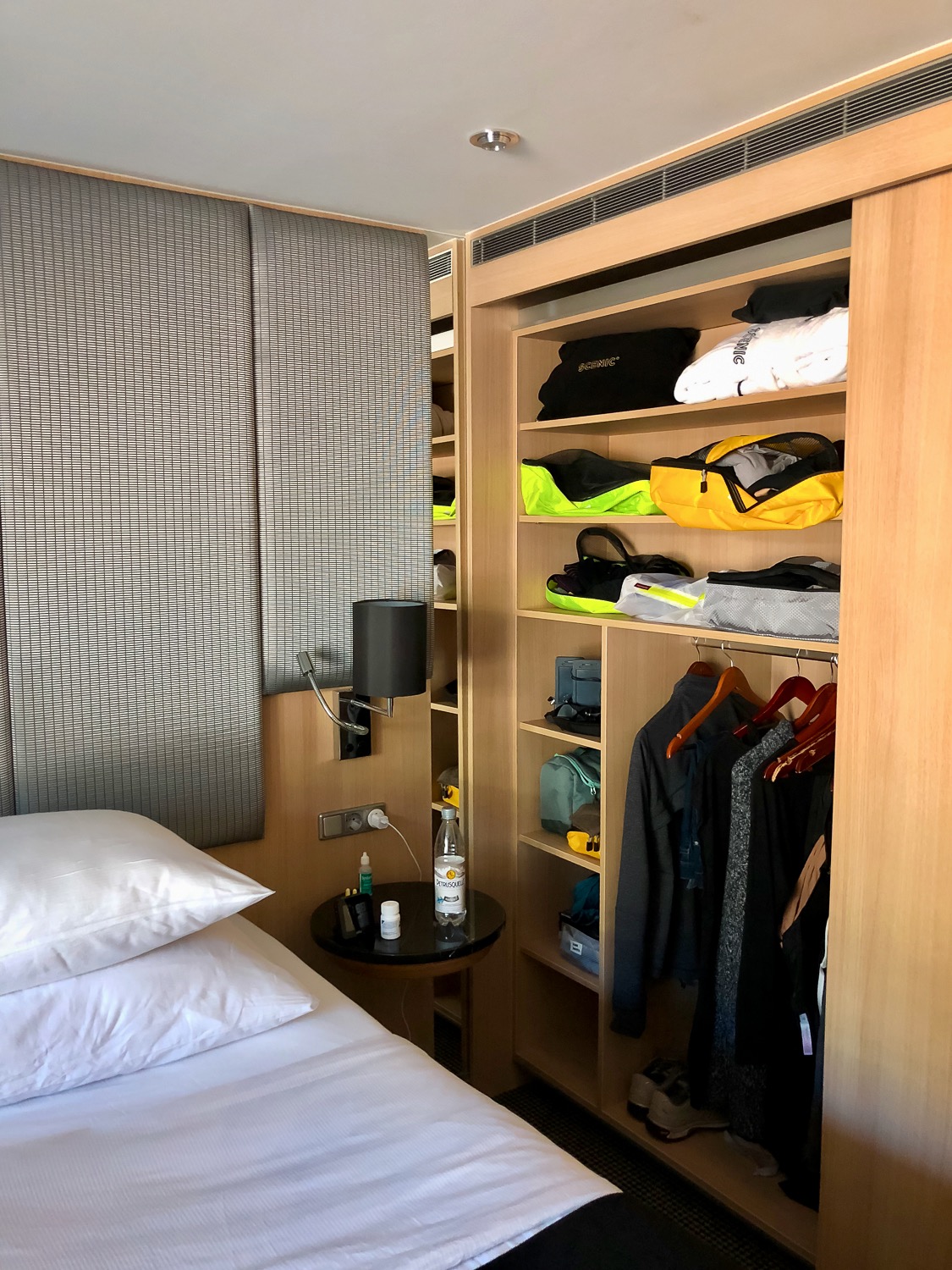

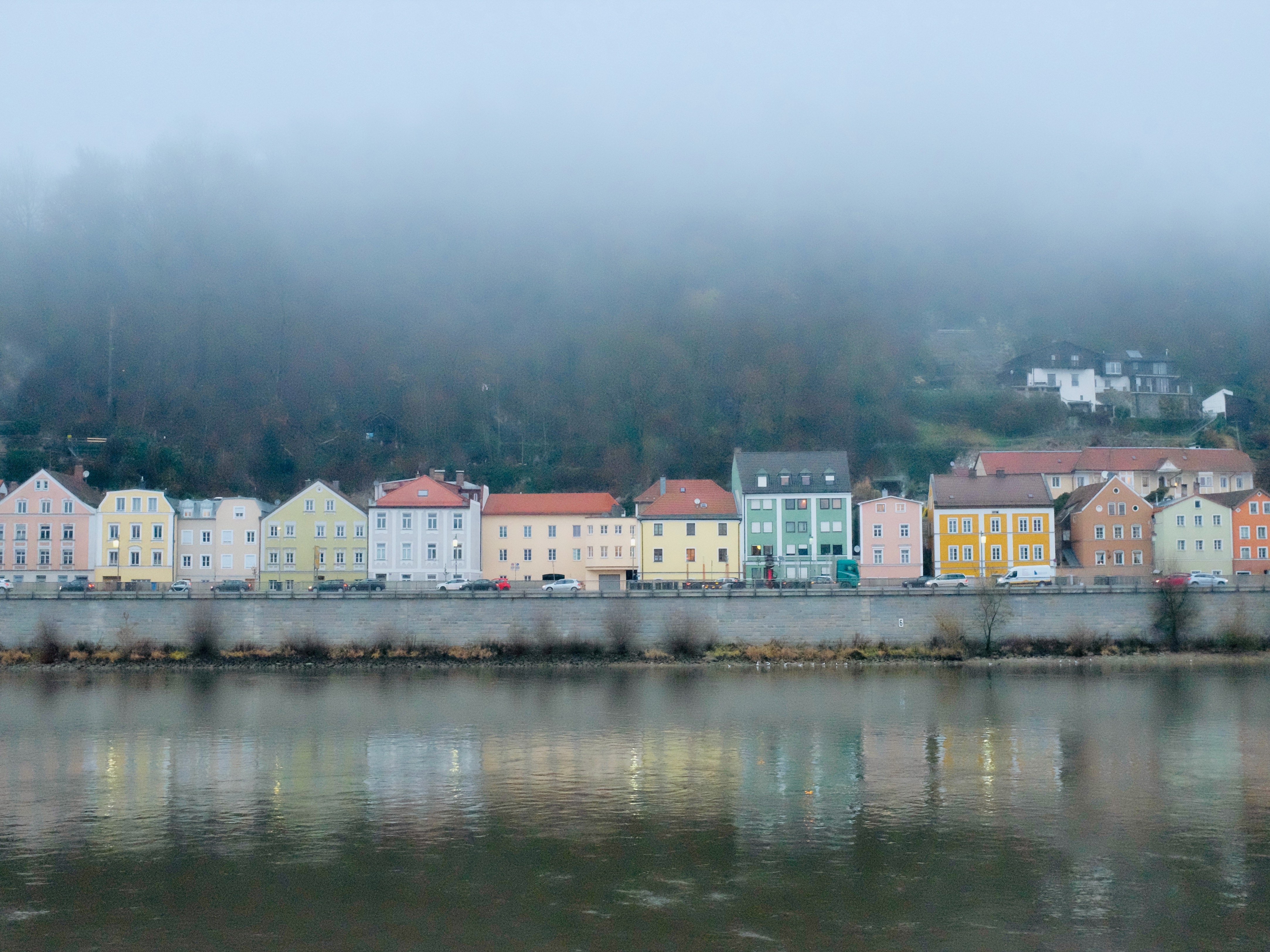
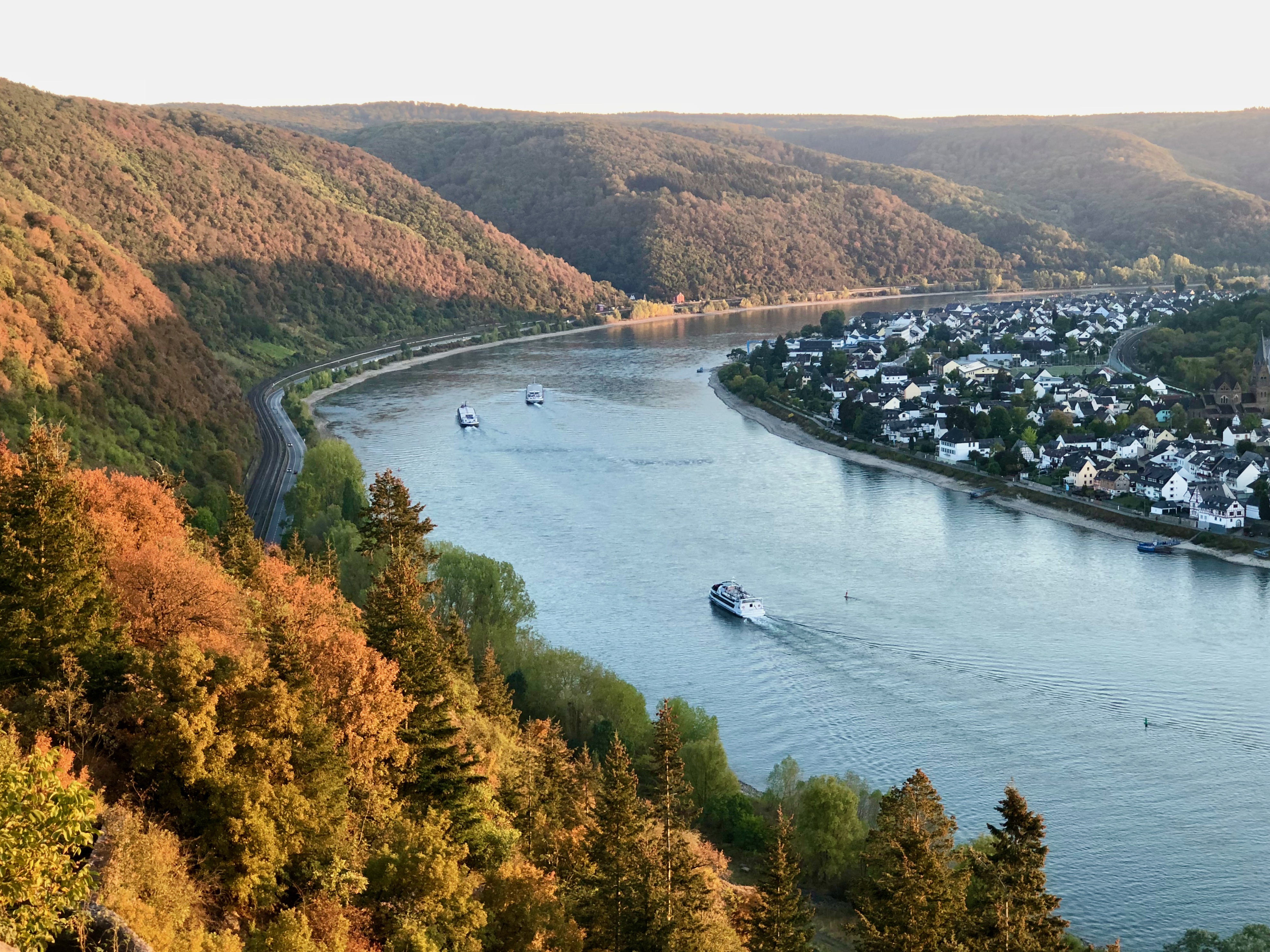
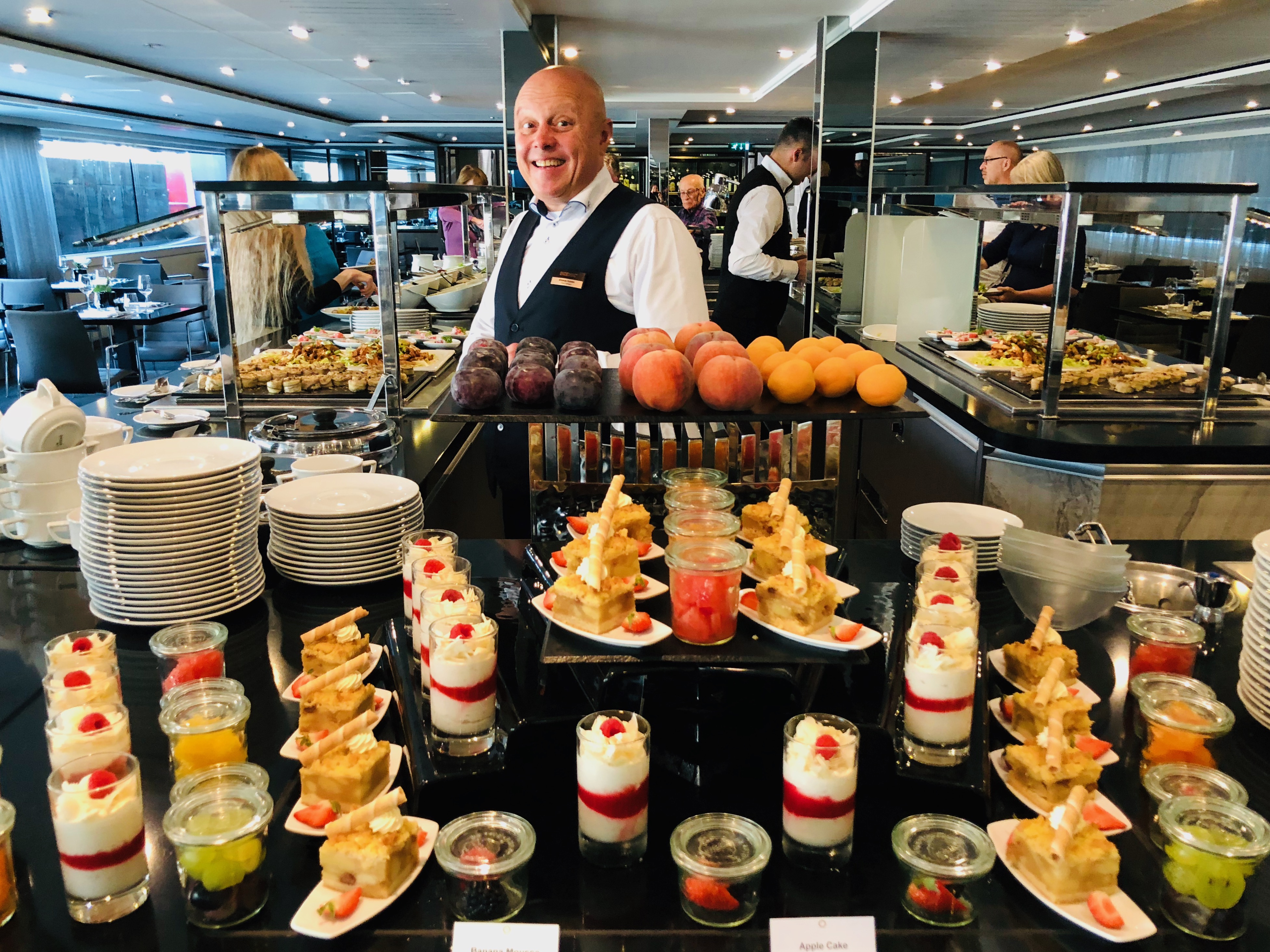
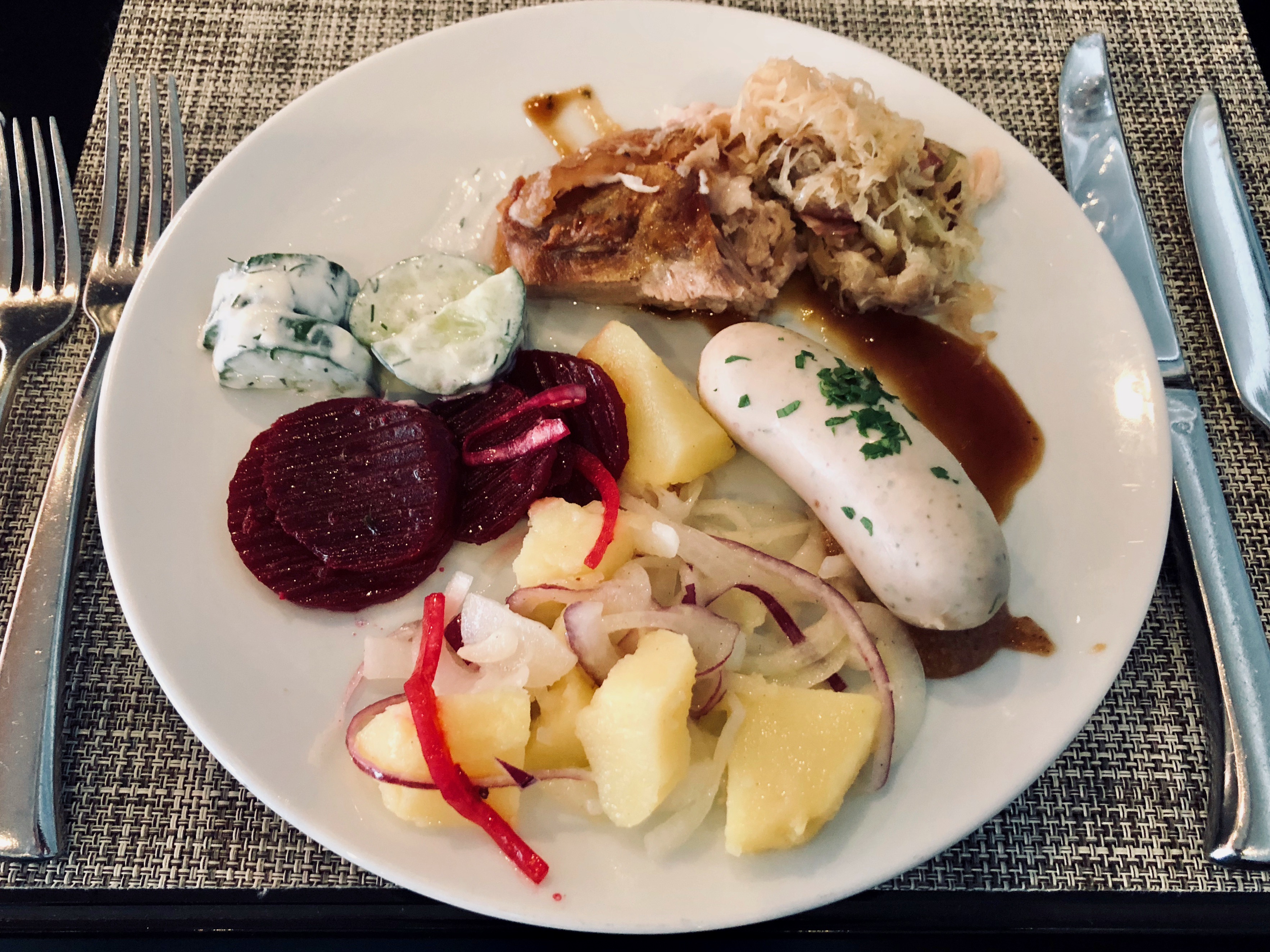



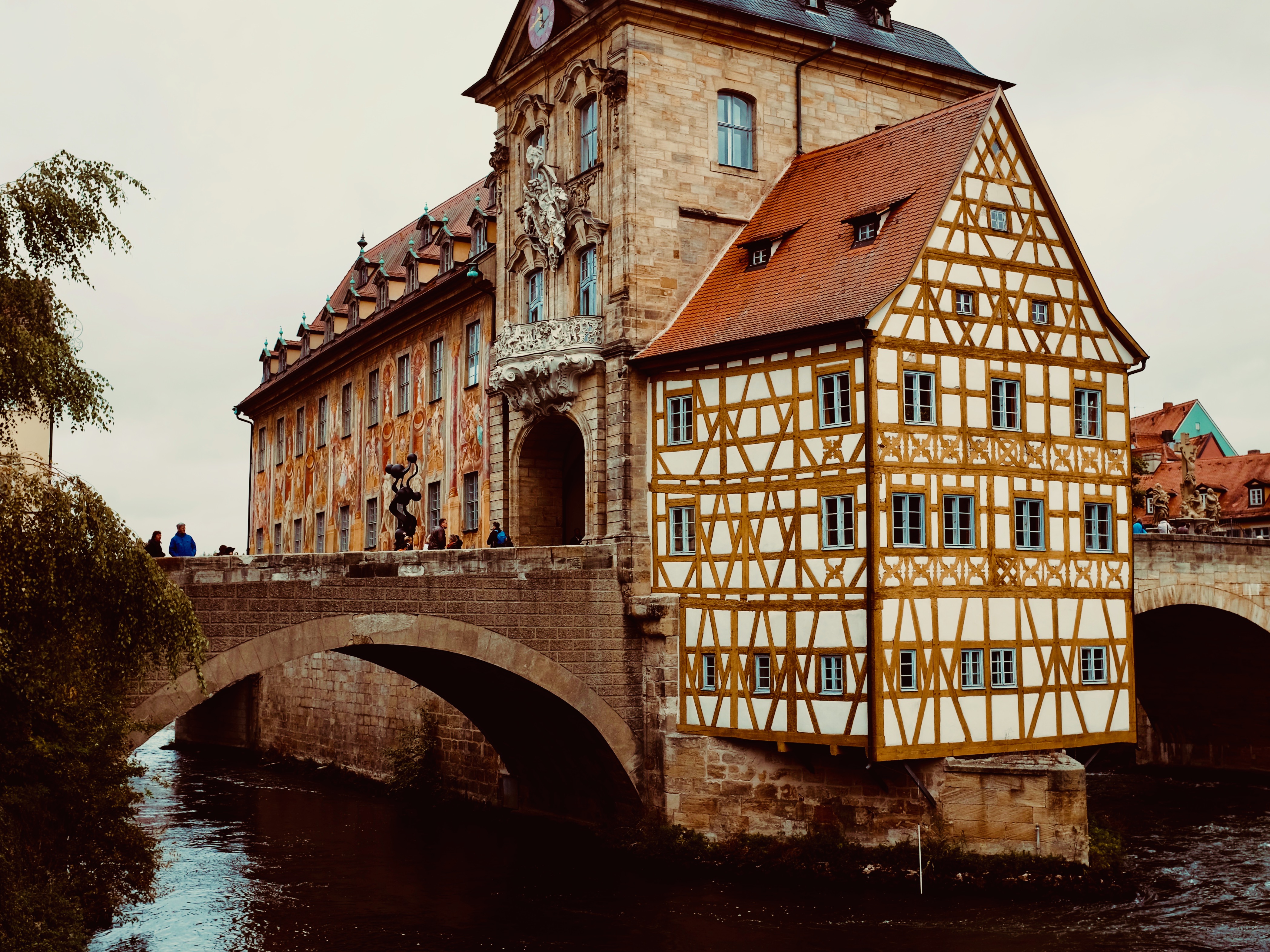
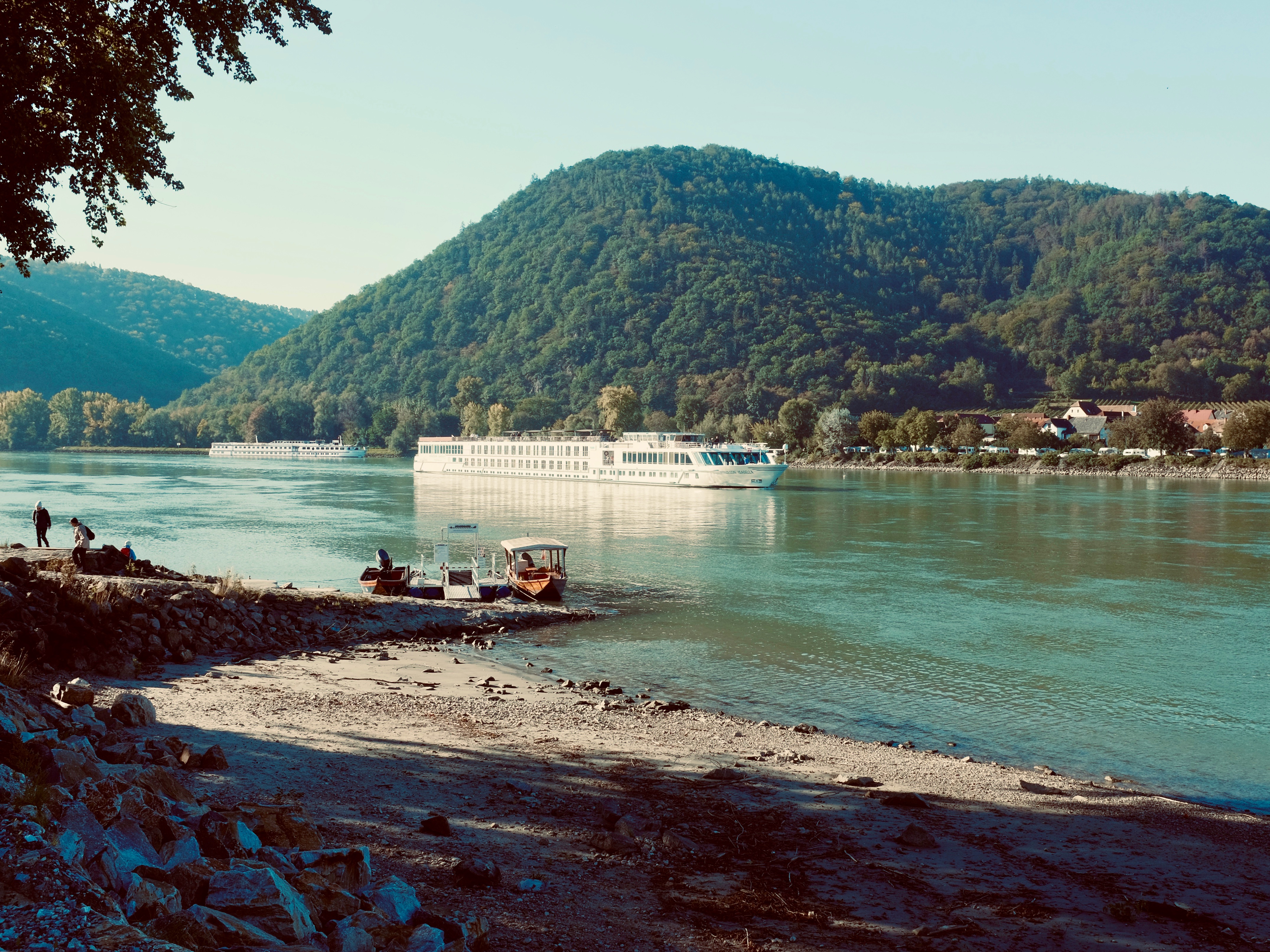





Very Informative. Some very good travel tips.
Well worth the read.
Thank you so much!
I did the Scenic Danube cruise in 2019. It was the best adventure. My friend and I splurged on the Owner’s Suite- it was luxurious beyond all expectations. We have Scenic France booked for next summer 2023.
We are going on scenic’s spectacular south of france next week…very excited. Also went on scenic’s Danube with Prague 5 yrs ago…loved it
Have a blast!